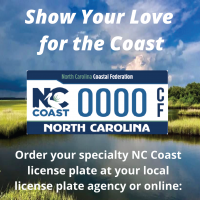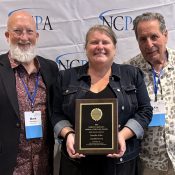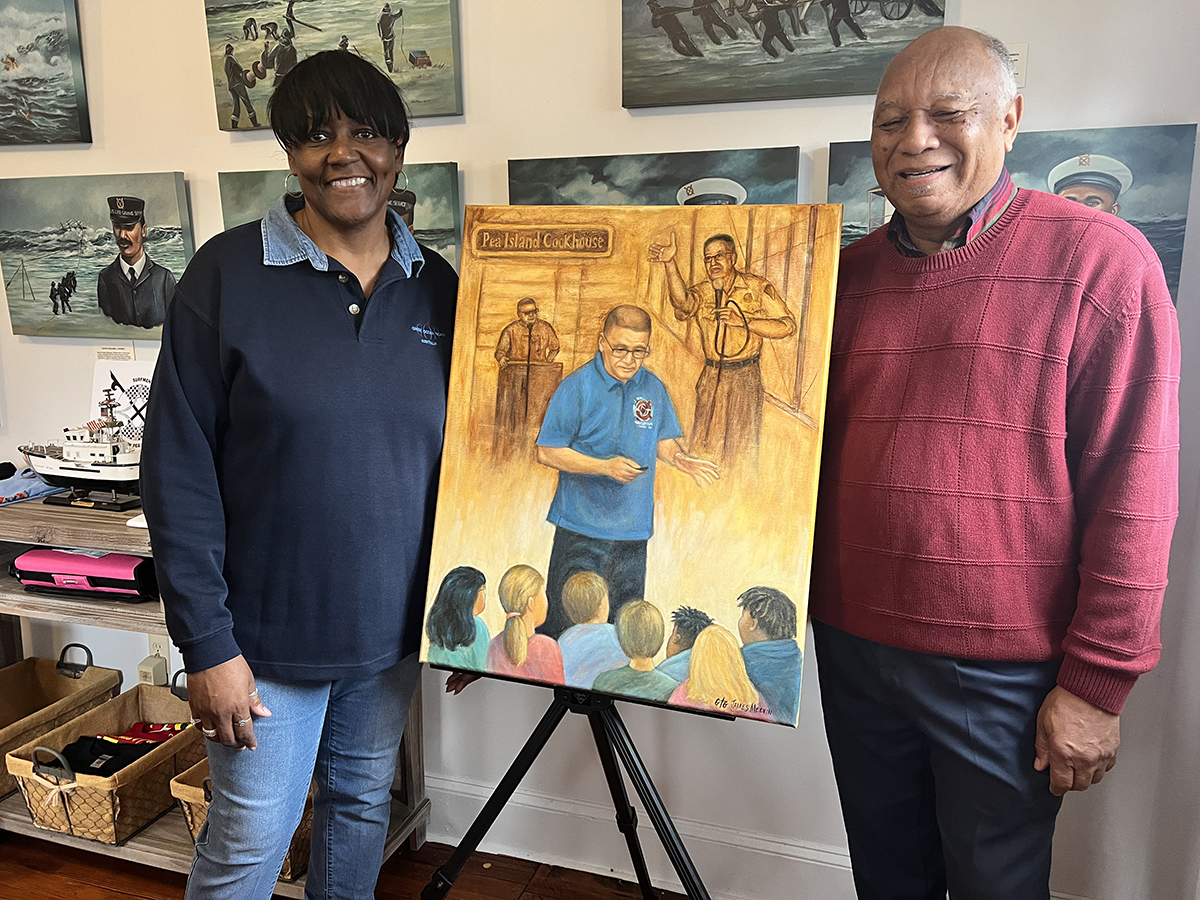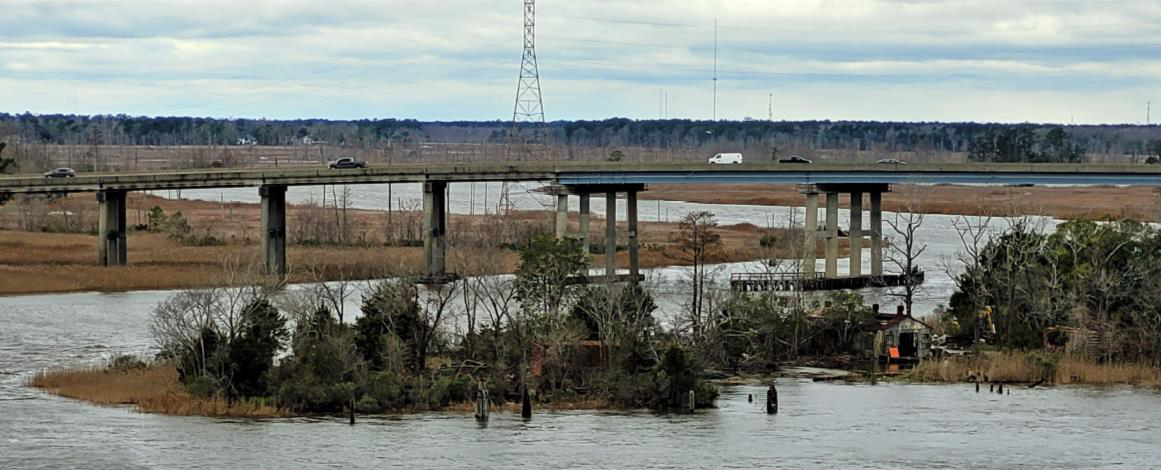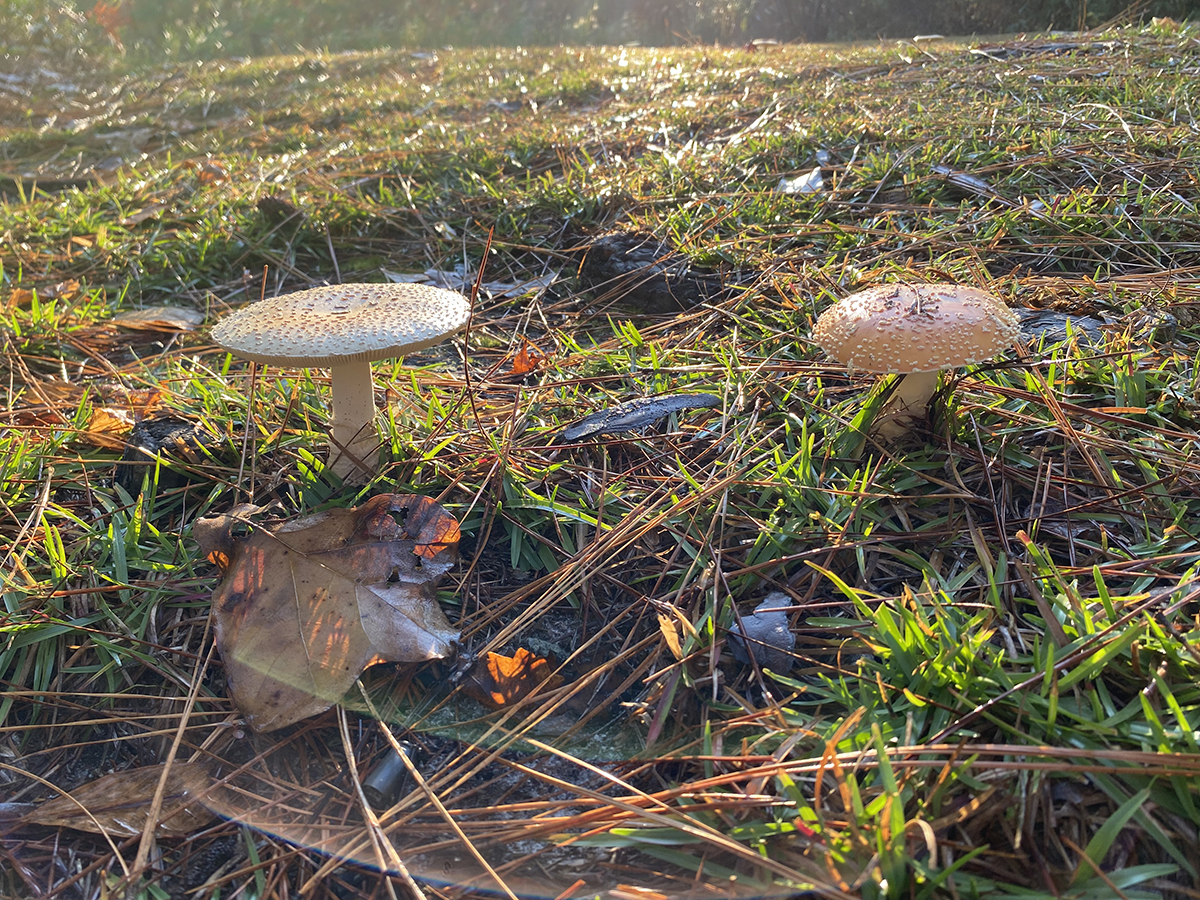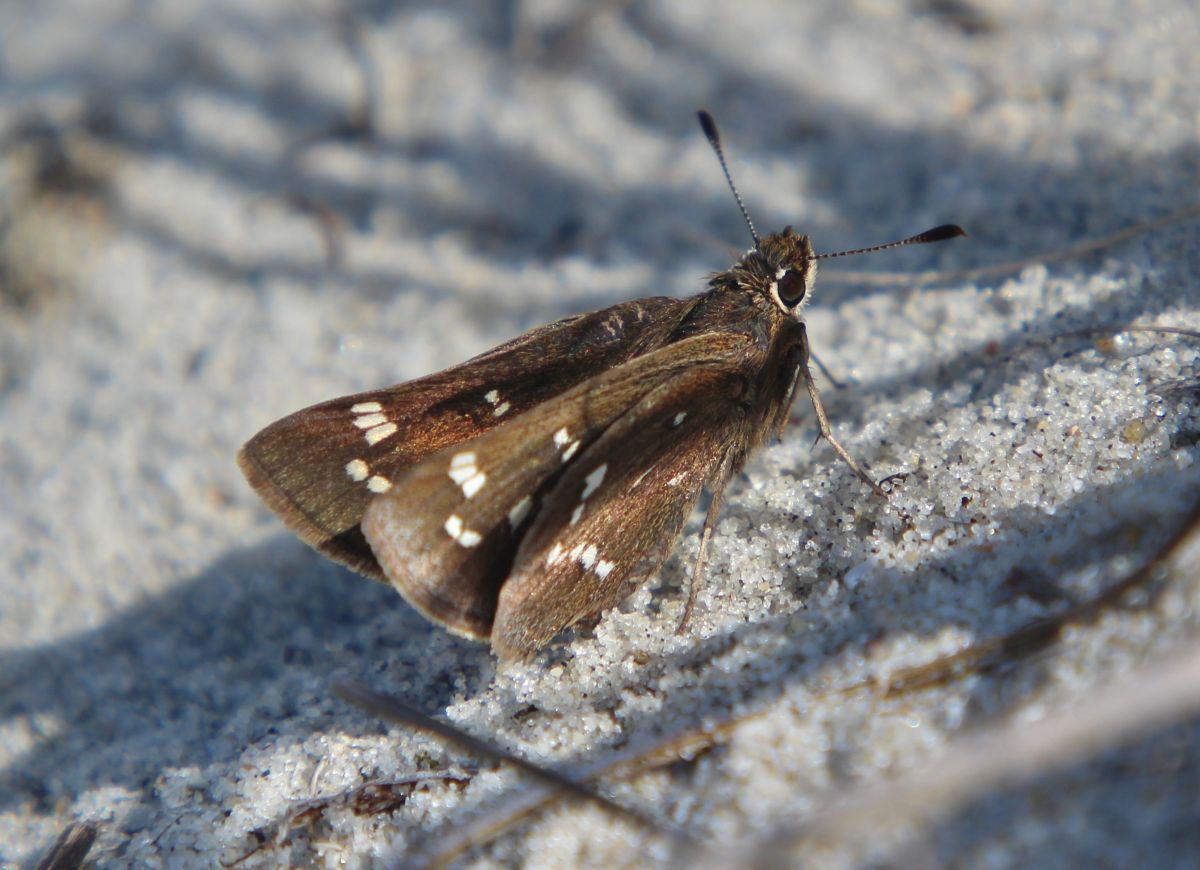
Guest Commentary
To stimulate discussion and debate, Coastal Review welcomes differing viewpoints on topical coastal issues.
It was a losing battle from the start, watching the inevitable rising and receding of the waves simultaneously fill up the hole I had been digging, and swiftly erode the accompanying pile of sand I had dug.
Supporter Spotlight
Perhaps it is an intrinsic childhood need to move sand from one location to another. As Sisyphean as the task may seem to an adult, sand is an all-encompassing playground; a place to dig in, sink into, and even to create your own tide pool/hot tub as the waves accentuate your enjoyment.
My first exposure to the sand with every beach trip was the arduous trek (for a young child) up the stairs of the public beach access point down Heverly Drive in Emerald Isle.
I would pause in equal measure to catch my breath and take in just how cool it was to be atop the dunes, peering down on the crashing Atlantic Ocean below. But my expeditions into the dunes as a child were limited to exactly this: brief crossings on established wooden traverses. The landscape of the dunes was dotted with sign after sign stating, in no ambiguous terms, to keep off of their sea oat-covered crests.
Folks from all over North Carolina and beyond flock to the Crystal Coast to experience the sensation of warm sand on their toes, the waves crashing on top of them, and perhaps a shrimp burger (or 10). Whether or not they realize it, visitors and residents pass through several distinct ecosystems as they stroll toward the beckoning ocean. The first ecosystem is the maritime forest, where hardy Live oaks and Wax myrtles make their living despite the sandy soil.
Then you reach the dunes, where crystal skippers eke out a living amongst the stalwart grasses that stitch the Bogue Banks in place against the ravages of the wind and waves. Afterwards comes the open beach, which might seem like a domain reserved exclusively for beachgoers but is also one that provides critical habitat for nesting least terns and loggerhead sea turtles.
Supporter Spotlight
Lastly before the ocean, the area where the waves first crash on the beach is known as the swash zone, where sanderlings, a small wading bird, can be frequently observed searching for bivalves. All of these ecosystems are within sight of each other, and yet their differences can be felt the moment one no longer has a delicious sea breeze standing behind the dunes.
Flash forward to the present day, and I am a member of a team of scientists tasked with flaunting each and every one of these signs, looking straight at passersby as we rock our highlighter yellow vests and our sweat and sunscreen-streaked faces. We catch our breath and explain to these folks the nature of what we are doing.
“We are researchers with NC State and the North Carolina Aquarium, studying a butterfly endemic to this area called the crystal skipper,” we repeat to various folks taking an interest in our work.
One of the most underappreciated skills required of us is the ability to clarify what terms like “endemic” mean or to satiate people’s curiosity about the subject while being fully conscious of just how bad we smell after a day of traversing the hot and humid dunes.
What is it like to walk through the dunes? In a word, or several, hot, breezeless, and saturated with ankle-seizing smilax. One step takes the energy of three normal steps as the sand inevitably gives way on your ascent. The dunes blocking the sea breeze is likely important ecologically for our skippers, but that perspective is hard to maintain as the stifling air quickly dishevels and frustrates us. For nature nerds like myself, the presence of snakes and wheel bugs as well as the opportunity to study a rare species are well worth the effort.
To answer that aforementioned question about what “endemic” means, it’s a term used in biology to refer to an organism whose range is restricted to a very specific place. Marine iguanas are endemic to the Galapagos Archipelago, lemurs are endemic to Madagascar, and the crystal skipper is endemic to our own coastal North Carolina.
North Carolina’s barrier islands are famous for how thin they are, and the crystal skipper’s range spans a mere 30 miles of said barrier islands. We as researchers are fairly fortunate in that this range encompasses not one, but two state parks: Hammocks Beach and Fort Macon. This means that we have a considerable amount of public land to study this species on.

True to the moniker of the Bogue Banks, the species can be identified by the distinctive white “crystals” speckling its brown wings. If you are fortunate enough to see a skipper, however, in some cases you might see black markings on their wings. Those are the codes that we have written onto their wings as a part of our mark-recapture study, where we endeavor to estimate the population of skippers in a given area based on the percentage, we are able to recapture.
But our research isn’t limited only to the adults, we spend substantial time looking through the seaside little bluestem, which is the grass the skippers are dependent on, to find and track the development of eggs and caterpillars as they stitch the grass around them into tents that would make the Spanish architect Gaudí proud.
This is all in addition to studying the habitat itself, which encapsulates everything from collecting nectar samples to taking seaside little bluestem samples back to the lab to assess desiccation.
One of my favorite things about our work is that we find ourselves with equal frequency in the backcountry of the Crystal Coast in remote areas such as Bear Island, part of Hammocks Beach, as often as we find ourselves in the backyards of, at times, residents and unsuspecting tourists. This seems to encapsulate the essence of both conservation and preservation in our project.
One of the most fortuitous happenstances in the preservation of the crystal skipper is that roughly half of its range is already protected within Hammocks Beach State Park in the Swansboro area, which encompasses some of the undeveloped dune habitat in the state outside of its two national seashores. This land offers researchers a chance to observe the crystal skipper in an area of land that is wild and remote.
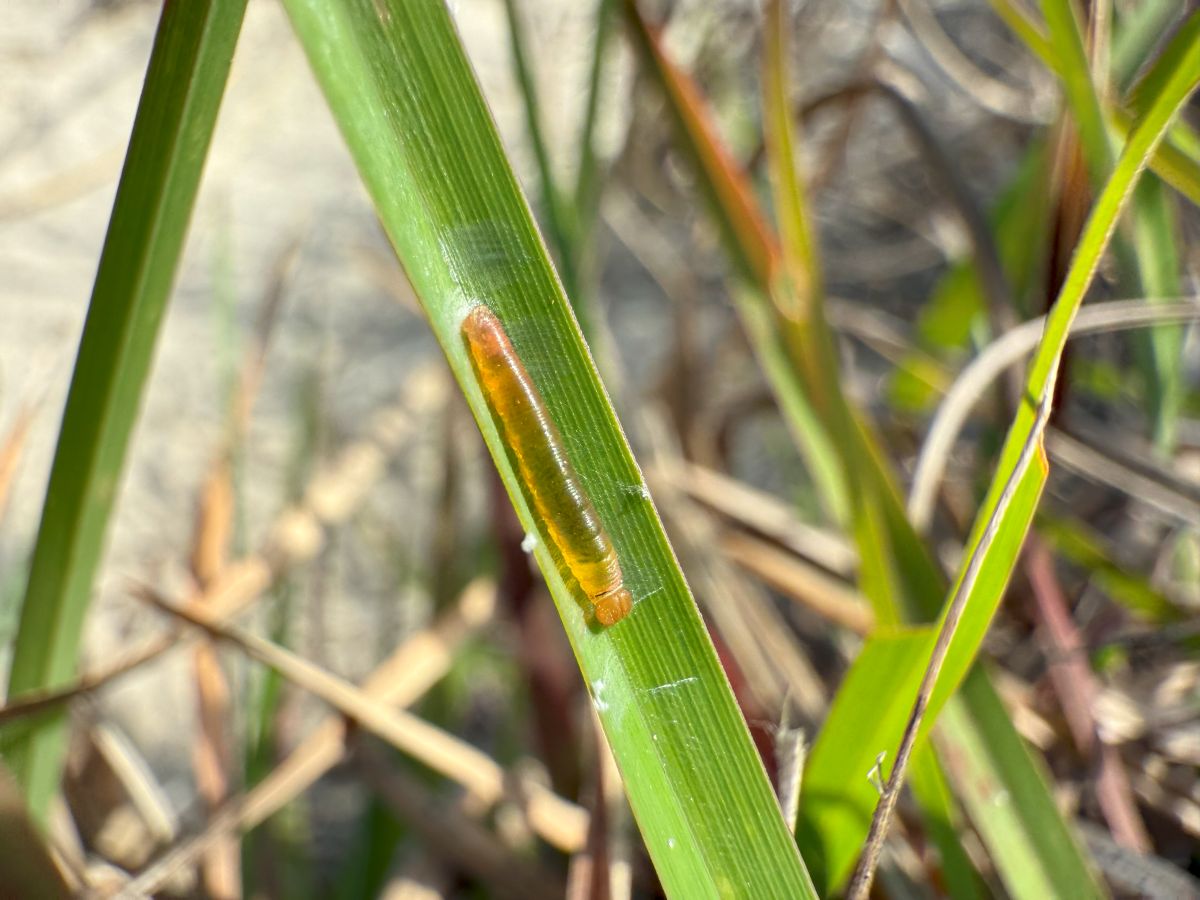
While we hope that our work will help ensure the population remains robust, the lives of individual adult crystal skippers are not very long. All skippers emerge during two time periods: April through early May and July through mid-August. Insects as a rule are very short-lived, and the crystal skipper is no exception with a lifespan of only one to two weeks.
The nature of our line of work means that multiple cycles of technicians such as myself will study the crystal skipper over summers as ephemeral as the butterfly itself. And while the crystal skipper is immortalized through passing on its genes, we hope that our legacy in the dunes is immortalized in others taking up this work after we have gone. And yet, at the same time, the crystal skipper is always here in the dunes with us, even when passers-by cannot see it.
The caterpillars are going about their business eating, making tents, and growing as they wage an often-unseen struggle for survival against the ravages of hurricanes and the myriad predators of the insect world. This is a struggle unseen by most passers-by in the dunes, and yet forms of the crystal skipper are always present in and around these select islands. It was here before our study of it began, and hopefully it will be here long after, both ever-present and ever-ephemeral.
The Crystal Coast is many things. From the least terns laying their eggs on the beach to the deft slithering of eastern glass lizards to the skips and flutters of our beloved crystal skippers, nature permeates the man-made structures of the Crystal Coast. It’s an area where the natural world and the human history of the islands are both preserved and lived-in.
The islands of the Bogue Banks are narrow and yet flanking both sides of the narrow dividing roads are natural wonders and all the facets of human life. We, the human race, are locked in an existential struggle trying to figure out how to balance our own needs with those of the natural world.
Existential crises are often easier to face when we can break them into bite-sized pieces, and I believe that by learning to harmonize human life with the natural world here in the living laboratory of the Bogue Banks, we can help create a template for how to do so in the world at large. All of that is reflected in the rare and humble crystal skipper, a butterfly that is uniquely our own.
Opinions expressed by the authors are not necessarily those of Coastal Review or our publisher, the North Carolina Coastal Federation.

